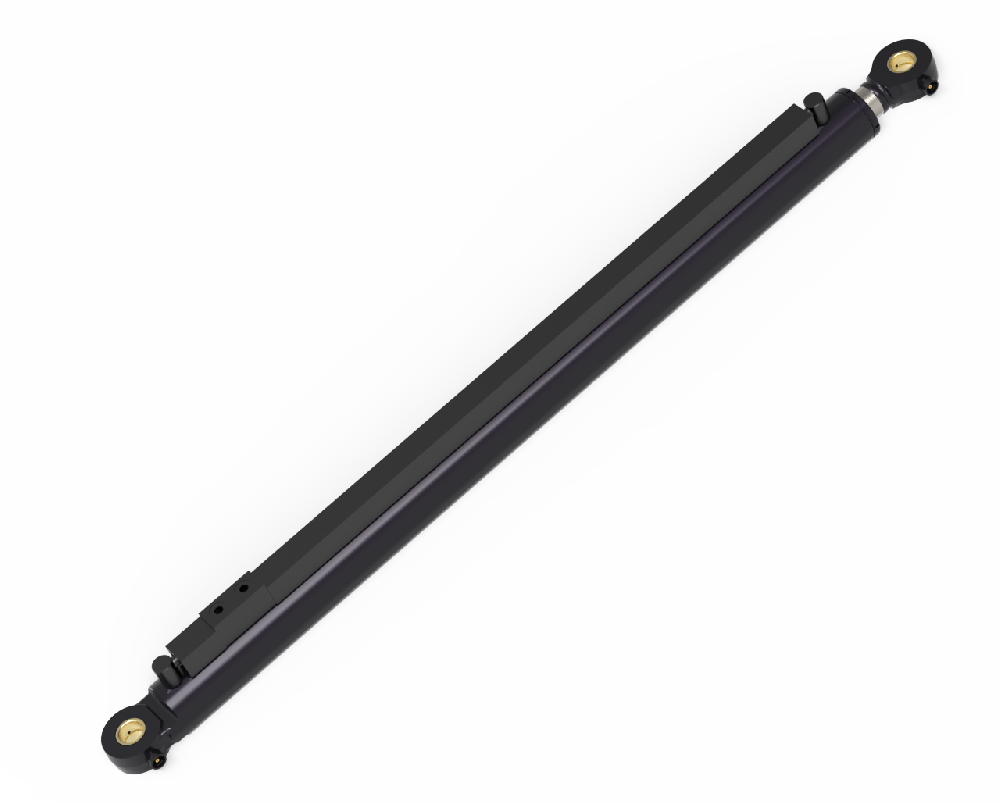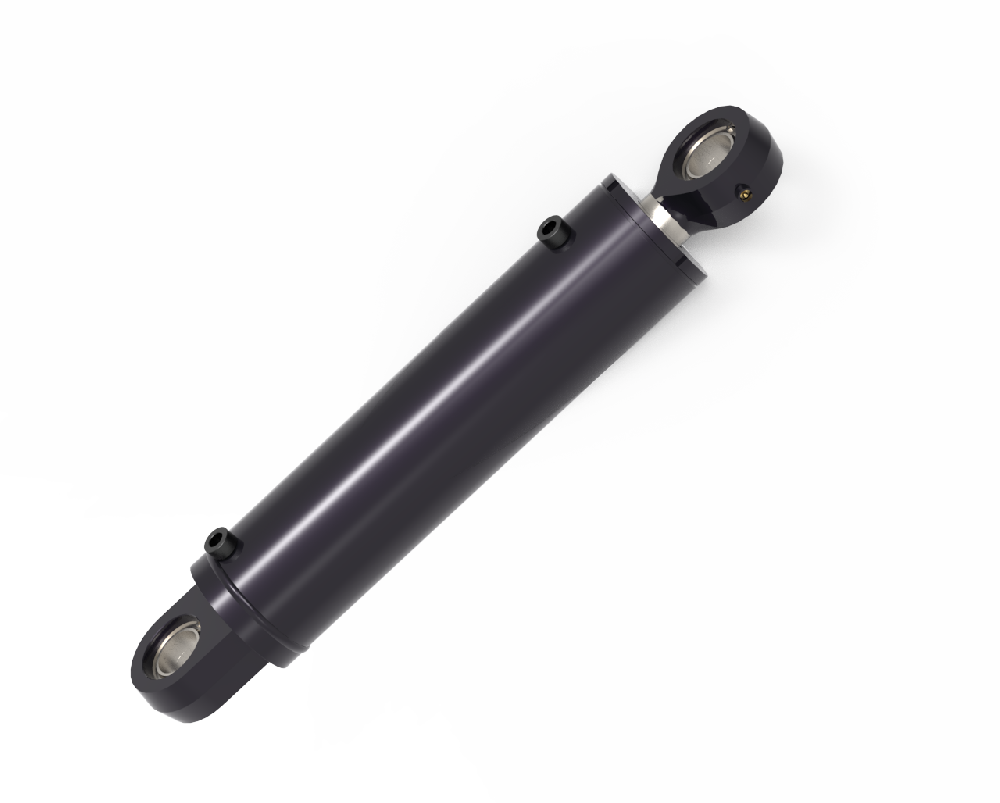
How to determine whether the compensation oil cylinder is damaged
Release Time :
2024-07-09
Compensation oil cylinder is an indispensable part of many mechanical equipment, mainly used to balance, support or adjust the load in the system, ensuring the smooth operation of the equipment. However, with the passage of time and changes in the usage environment, compensation cylinders may experience damage or performance degradation. This article will explore how to determine whether the compensation oil cylinder is damaged, in order to take corresponding maintenance measures in a timely manner.

1、 Observe appearance and physical condition
Firstly, we can preliminarily determine whether the compensating oil cylinder is damaged by observing its appearance and physical condition. Damaged oil cylinders may show the following signs:
There are obvious scratches, dents, or rust on the surface of the oil cylinder, which may be caused by external impact or corrosion.
The seals of the oil cylinder (such as piston rod seals, end cap seals, etc.) may age, crack or deform, which may lead to hydraulic oil leakage.
The piston rod of the oil cylinder is bent or deformed, which may affect the movement trajectory and accuracy of the oil cylinder.
2、 Check the motion performance of the oil cylinder
In addition to observing the appearance, we can also determine whether the oil cylinder is damaged by checking its movement performance. Here are some possible inspection methods:
Try manually or using tools to push the piston rod of the oil cylinder and observe if its movement is smooth. If the movement is obstructed or there is jamming, it may be due to impurities, rust, or damaged components inside the cylinder.
Check if the stroke of the oil cylinder meets the design requirements. If the stroke is shortened or extended, it may be caused by damage or wear of the internal seals of the cylinder.
Check the response speed of the oil cylinder. If the cylinder responds slowly or fails to respond after receiving instructions, it may be due to leakage or blockage inside the cylinder.
3、 Testing the performance of hydraulic systems
The compensating oil cylinder is a part of the hydraulic system, so the performance of the hydraulic system can also reflect the state of the compensating oil cylinder. Here are some methods to test the performance of hydraulic systems:
Check the pressure of the hydraulic system. If the system pressure is unstable or below the normal range, it may be due to internal cylinder leakage or other system malfunctions.
Check the cleanliness of the hydraulic oil. If there are impurities or pollutants in the hydraulic oil, it may cause wear and damage to the internal components of the cylinder.
Monitor the hydraulic system for any abnormal noise during operation. Abnormal noise may be caused by damage to internal components of the oil cylinder or other system malfunctions.
4、 Consider usage time and work environment
In addition to the above methods, we also need to consider the usage time and working environment of the compensating oil cylinder. Long term use and harsh working environment may cause wear and damage to the oil cylinder. Therefore, we can evaluate the possibility of damage to the oil cylinder based on its usage history and working environment.

5、 Summary
In summary, determining whether the compensation oil cylinder is damaged requires comprehensive consideration of its appearance, physical condition, motion performance, hydraulic system performance, as well as usage time and working environment. In case of possible damage to the oil cylinder, corresponding maintenance measures should be taken in a timely manner to ensure the normal operation and production safety of the equipment. At the same time, regular inspection and maintenance of the oil cylinder is also an important measure to prevent damage.
RELATED NEWS
2025-02-28
How to diagnose hydraulic problems?
The Importance of Hydraulic Systems in Industrial ApplicationsHydraulic systems are widely used in industries such as construction, manufacturing, agriculture, and aerospace due to their ability to generate significant force with precise co···
2025-02-28
What is the life expectancy of a hydraulic cylinder?
Typical Life Expectancy of a Hydraulic CylinderThe life expectancy of a hydraulic cylinder can vary widely depending on its design, application, and operating environment. On average, a well-maintained hydraulic cylinder can last anywhere f···
2025-02-28
Why is my hydraulic cylinder not retracting?
The Role of Hydraulic Cylinders in Mechanical SystemsHydraulic cylinders are the backbone of many industrial applications, from construction equipment to manufacturing machinery. They operate by converting hydraulic energy into linear motio···
2025-02-28
How to check if a hydraulic cylinder is leaking internally?
Hydraulic cylinders are essential components in many industrial and mechanical systems, providing the force needed to perform heavy-duty tasks with precision. However, like any mechanical system, hydraulic cylinders are susceptible to wear ···
2025-02-28
What is the most common failure on a hydraulic cylinder?
The Role of Hydraulic Cylinders in Industrial ApplicationsHydraulic cylinders are the workhorses of many industrial systems, providing the force required to perform heavy-duty tasks. They consist of a cylindrical barrel, piston, piston rod,···
2025-02-21
What is the most commonly used hydraulic cylinder?
The Most Commonly Used Hydraulic CylinderThe tie-rod hydraulic cylinder is widely regarded as the most commonly used hydraulic cylinder. Its popularity stems from its simple design, ease of maintenance, and cost-effectiveness. Tie-rod cylin···

GET YOUR FREE QUOTE
We will contact you within 24 hours. ( WhatsApp/facebook:13665121168)
